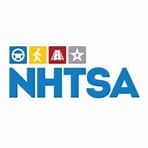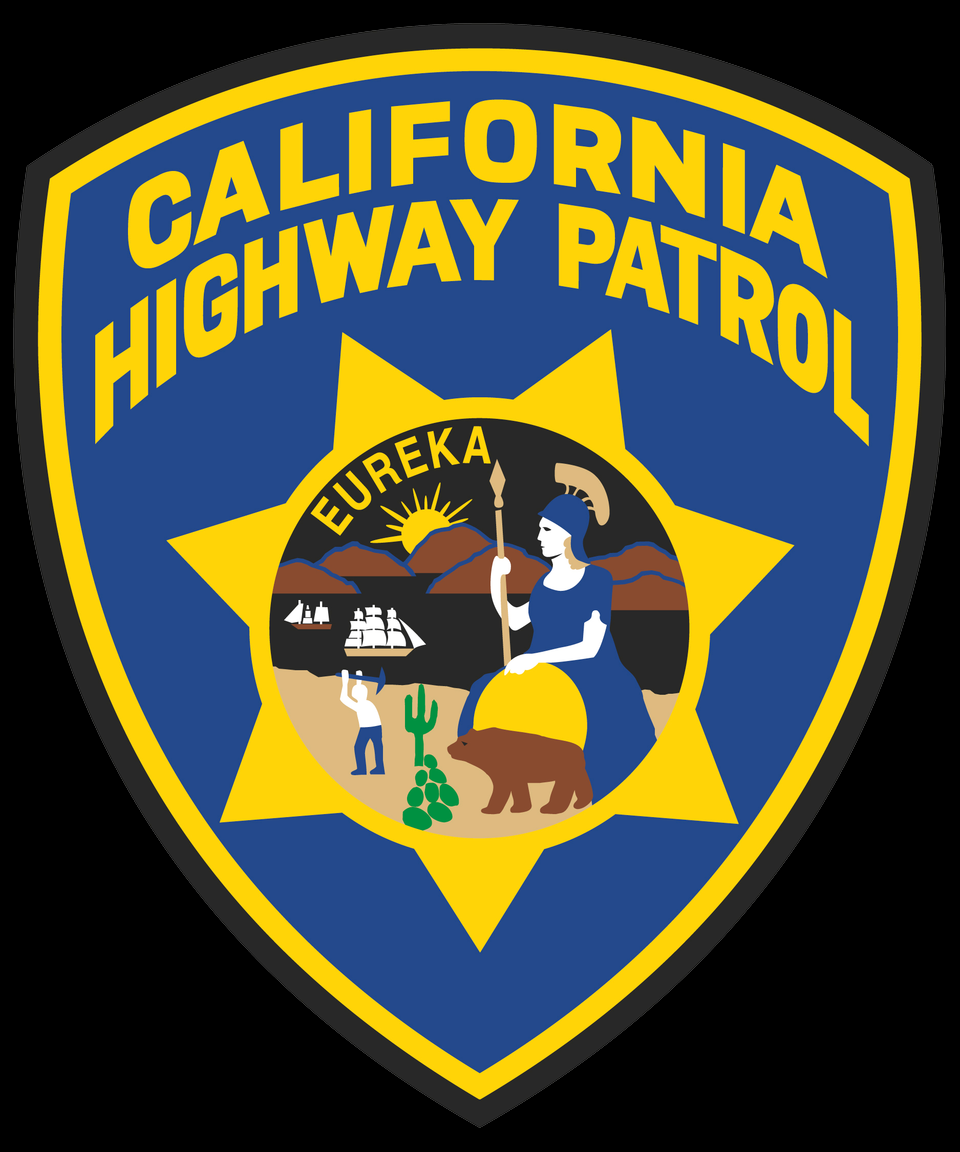Data Source
National Data

Fatality Analysis Reporting System (FARS)
FARS is a nationwide census providing NHTSA, Congress and the American public yearly data regarding fatal injuries suffered in motor vehicle traffic crashes. FARS data can be queried at: Fatality Analysis Reporting System (FARS) | NHTSA
NCSA Tools, Publications, and Data
The National Center for Statistics and Analysis Fatality Analysis (NCSA) an office of the National Highway Traffic Safety Administration (NHTSA), has been responsible for providing a wide range of analytical and statistical support to NHTSA and the Highway safety community at large for over 45 years. These tools are provided based on data from FARS at the U.S. Department of Transportation. NCSA Tools, Publications, and Data. NCSA | Tools, Publications, and Data (nhtsa.gov)
National Safety Council
The National Safety Council (NSC) is America’s leading nonprofit safety advocate. The NSC focuses on eliminating the leading causes of preventable injuries and death. The National Safety Council (NSC) and the National Highway Traffic Safety Administration (NHTSA) count motor-vehicle crash deaths using somewhat different criteria. NSC counts total motor-vehicle-related fatalities – both traffic and non-traffic – that occur within one year of the crash. https://injuryfacts.nsc.org/motor-vehicle/overview/introduction/
State Data

CHP Crash Data
The Statewide Integrated Traffic Records System (SWITRS) is a database that collects, and processes data gathered from a collision scene. The Internet SWITRS application is a tool that leverages this database to allow California Highway Patrol (CHP) staff, members of its Allied Agencies, as well as researchers and members of the public to request various types of statistical reports in an electronic format. The application allows for the creation of custom reports requested by the user based on different categories including, but not limited to locations, dates, and collision types. SWITRS – Statewide Integrated Traffic Records System (ca.gov)
International Data

International Traffic Safety Data and Analysis Group Road Safety Database
The IRTAD database contains validated, up-to-date crash and exposure data from 32 countries: The International Road Traffic and Accident Database (IRTAD) includes safety and traffic data, aggregated by country and year from 1970. All data is collected directly from relevant national data providers in the IRTAD countries. It is provided in a common format, based on definitions developed and agreed by the IRTAD Group. OECD statistics portal
Data Tools

SHSP Crash Data Dashboard
The California Strategic Highway Safety Plan (SHSP) has developed a new SHSP Crash Data Dashboard. The dashboard was developed to provide SHSP implementers with direct access to crash data to support data-driven implementation of the SHSP. The dashboard allows for filtering of the number and characteristics of fatal and serious injury crashes over the last 10 years.
California Department of Transportation | CTDVP – Home

OTS Crash Rankings
The OTS Rankings were developed so that individual cities could compare their city’s traffic safety statistics to those of other cities with similar-sized populations. Cities could use these comparisons to see what areas they may have problems in and which they were doing well in. The results helped both cities and OTS identify emerging or on-going traffic safety problem areas in order to help plan how to combat the problems and help with the possibility of facilitating grants. In recent years, media, researchers and the public have taken an interest in the OTS Rankings. It should be noted that OTS rankings are only indicators of potential problems; there are many factors that may either understate or overstate a city/county ranking that must be evaluated based on local circumstances.
https://www.ots.ca.gov/media-and-research/crash-rankings/

U.C. Berkeley- Safe Transportation Research and Education Center
Transportation Injury Mapping System The Transportation Injury Mapping System (TIMS) has been developed over the past five-plus years by SafeTREC to provide quick, easy and free access to California crash data, the Statewide Integrated Traffic Records System (SWITRS), that has been geo-coded by SafeTREC to make it easy to map out crashes.
Additional Specialized Data Sources
The annual report of the California DUI Management Information System provides current and comprehensive statistics on the processing of DUI offenders from the point of arrest through adjudication to treatment and license control actions. The report presents cross-tabulated information on DUI arrests, convictions, postconviction sanctions, administrative license actions, and on drivers in crashes involving alcohol and drugs.
https://www.dmv.ca.gov/portal/dmv-research-reports/reports-to-the-california-legislature/

The California Emergency Medical Services Information System (CEMSIS) is a demonstration project for improving EMS data across California. CEMSIS offers a secure, centralized data system for collecting data about individual emergency medical service requests, patients treated at hospitals, and EMS provider organizations. CEMSIS uses the universal standard for how patient care information resulting from an emergency 9-1-1 call for assistance is collected called the National Emergency Medical Services Information System (NEMSIS). Acording to the Emergency Medical Services Data Report (2019), 32% of all emergency calls involved a motor vehicle crash.

Crash Medical Outcomes Data Project
The Crash Medical Outcomes (CMOD) Project integrates comprehensive “crash through medical outcomes” data to identify risk factors and reduce crash-related injuries and deaths. CMOD is expanding its data linkage efforts in collaboration with: (1) the Department of Motor Vehicles, using Driver’s License data; and (2) the University of California, Davis (UCD) Health Systems, using trauma registry data. CMOD leverages existing data sources to improve data completeness and enhance their value by creating actionable information for state and local traffic safety partners. CMOD also works with local health departments to provide a public health perspective to traffic safety efforts, and provides technical assistance to traffic safety partners to improve the quality, and completeness of primary data sources.

Tribal Transportation Injury Mapping System (Tribal TIMS)
In partnership with National Indian Justice Center (NIJC), and funded by the Office of Traffic Safety (OTS), Tribal TIMS provides tribes with access to a password protected, online interactive crash mapping and analysis tool for tribal areas. The tool uses publicly available data from the Statewide Integrated Traffic Records System (SWITRS) in conjunction with tribal shape files to map crashes on and in the vicinity of tribal areas. (Request an account at the following email: tims_info@berkeley.edu )










